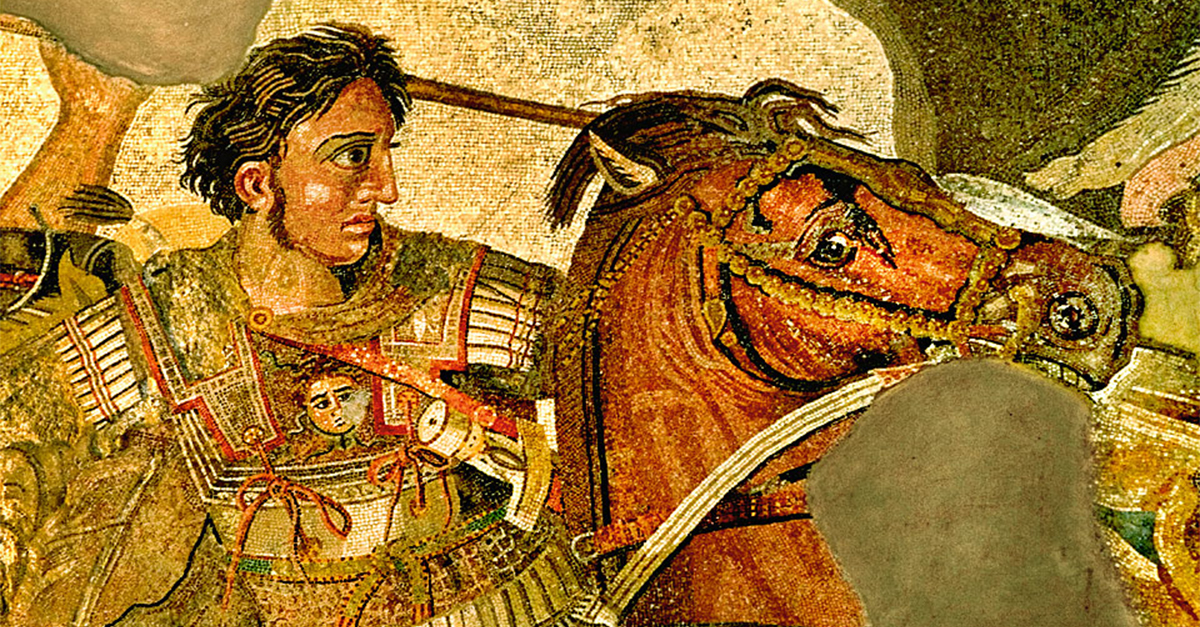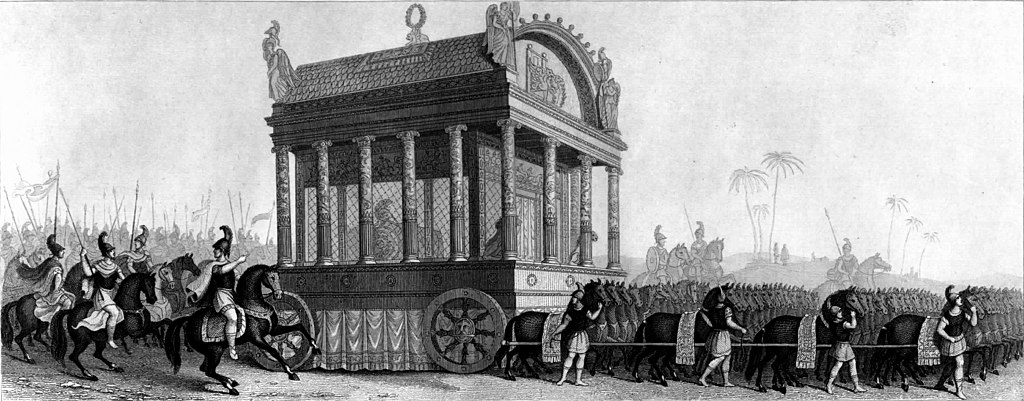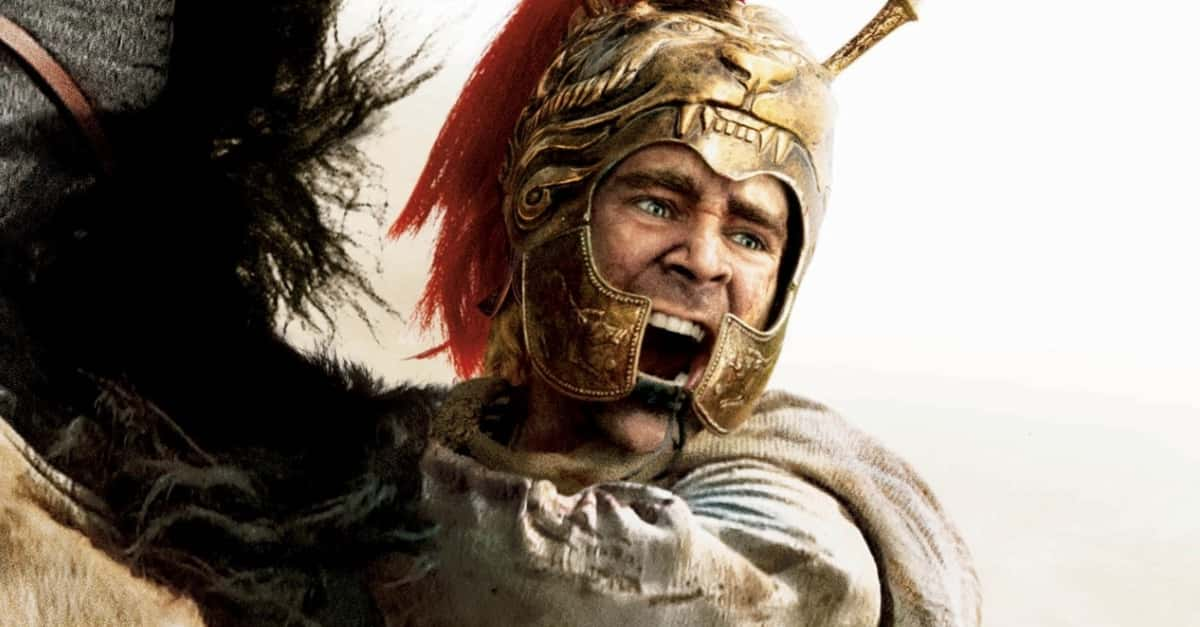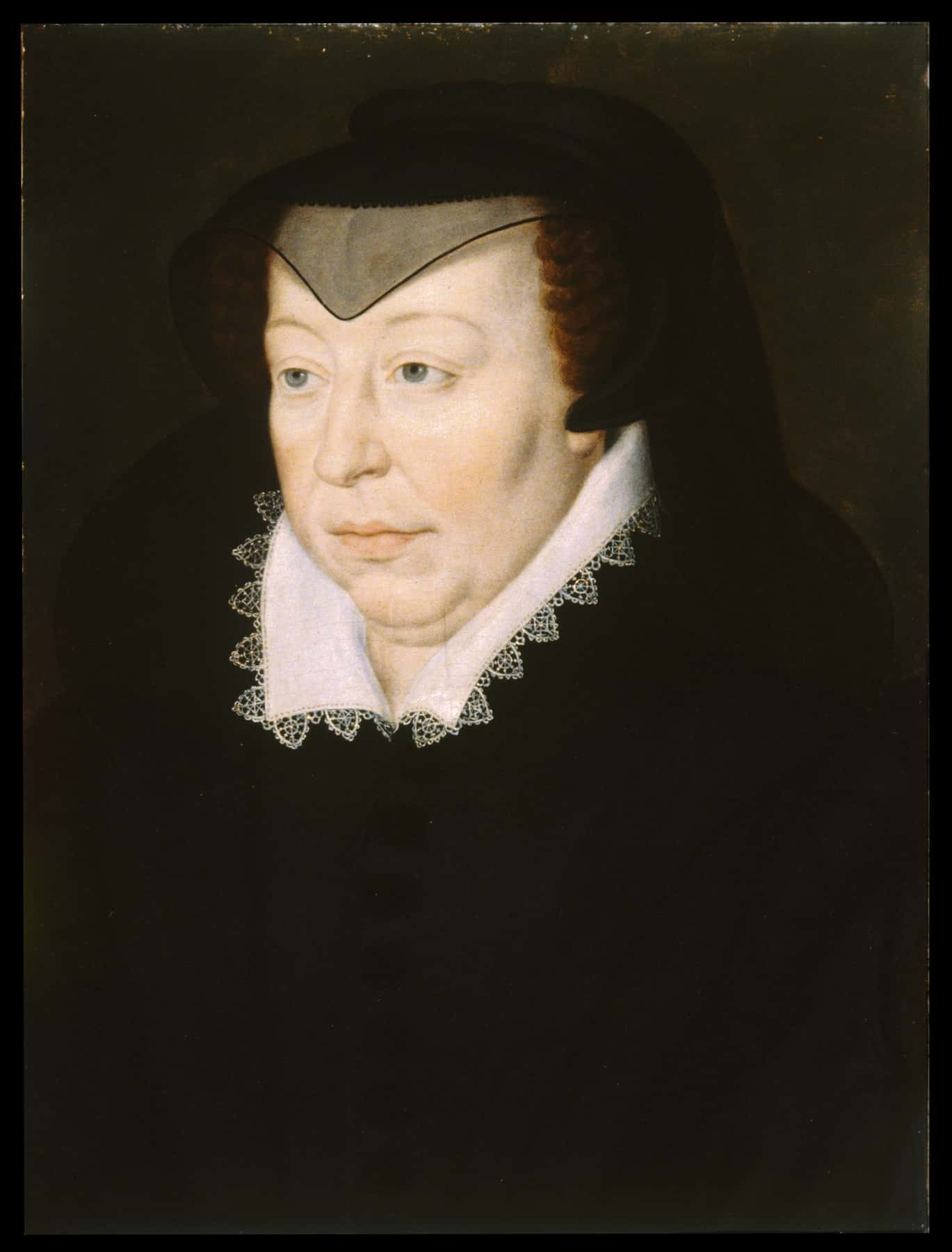The quest to locate the tomb of Alexander the Great, one of history's most iconic figures, is one of the greatest mysteries in archaeology. Despite numerous historical accounts and extensive modern research, the final resting place of the Macedonian conqueror still isn’t definitively identified.
Historical Accounts and Early Burials
After Alexander's death in Babylon in 323 BC, his body became a symbol of immense political significance. Initially his remains were interred in Memphis, Egypt, by Ptolemy I Soter, one of his generals. Afterward the body was transferred to Alexandria’s mausoleum known as the Soma or Sema.
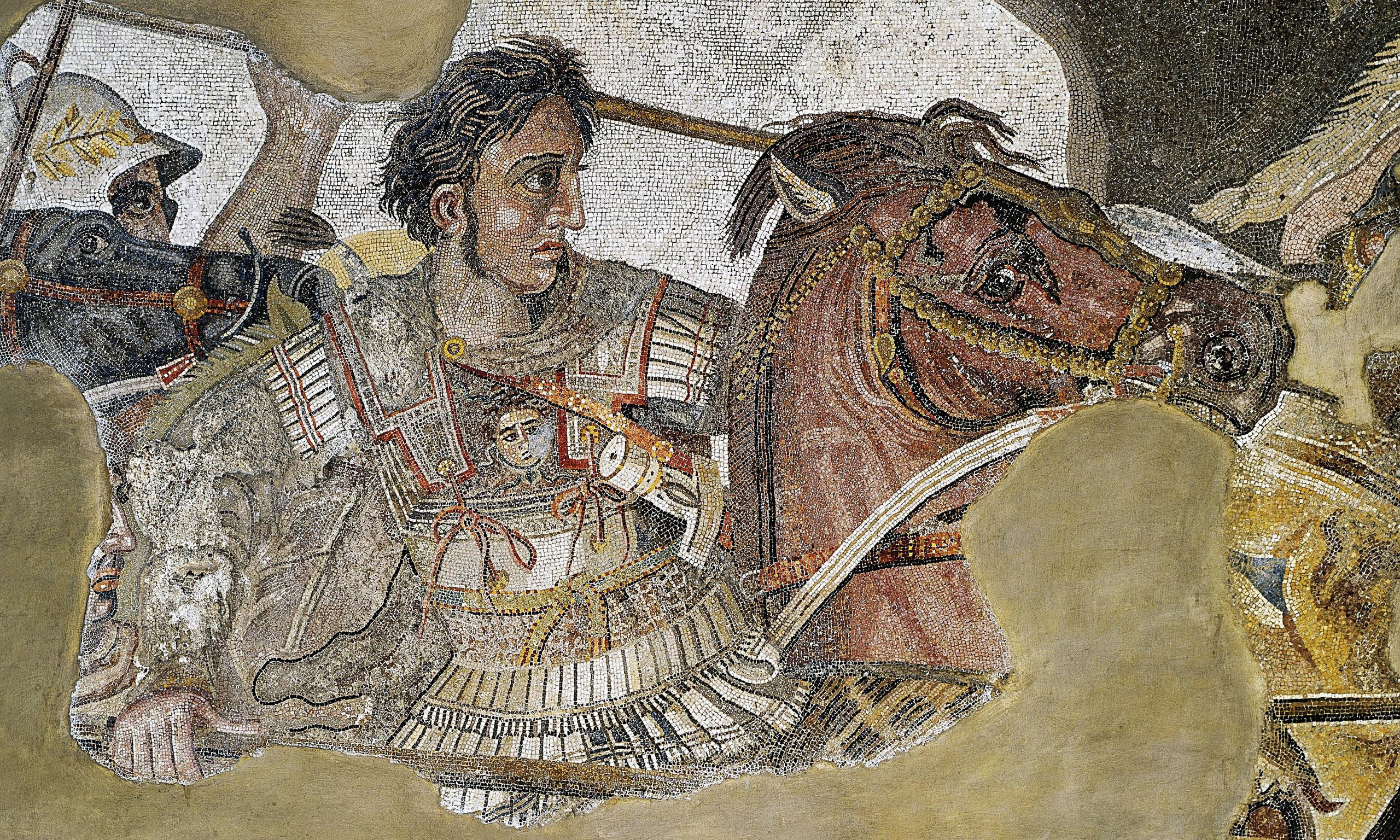 Unknown authorUnknown author, Wikimedia Commons
Unknown authorUnknown author, Wikimedia Commons
A Loss Of Collective Memory
The Alexandria mausoleum became a revered site, visited by figures such as Julius Caesar and Augustus. Over the centuries, the tomb's exact location faded from collective memory, and by the 4th or 5th century AD, its whereabouts were lost.
Alexandria: The Prime Candidate
Given historical records, Alexandria is widely considered the likeliest site of Alexander's tomb. The city, founded by Alexander himself, was the site of his reburial and subsequent veneration. Many attempts have been made to locate the tomb in Alexandria, focusing on areas like the ancient royal quarter. Some believe it lies beneath Nabi Daniel Mosque, but no real evidence has emerged to confirm the tomb's location in Alexandria.
Alternative Theories and Sites
While Alexandria remains the leading candidate, other theories have been proposed. In 1995, Greek archaeologist Liana Souvaltzi claimed to have discovered Alexander's tomb in the Siwa Oasis, aligning with accounts that Alexander wished to be buried near the oracle of Zeus-Ammon. However, this claim was met with skepticism, and subsequent evaluations did not support the identification.
A Greek Tomb
Another significant site is the Kasta Tomb in Amphipolis, Greece. Discovered in 2014, this massive tomb dates to the late 4th century BC and features impressive architectural elements, including sphinxes and caryatids. Initially speculated to be Alexander's tomb, further analysis suggested it was more likely built for a close associate or family member.
Recent Developments and Ongoing Research
In recent years, researchers have continued chipping away at the mystery. In 2023, archaeologist Calliope Limneos-Papakosta reported discovering a marble statue believed to be of Alexander in Alexandria's Shallalat Gardens, the site of the ancient royal quarter. While not definitive proof of the tomb's location, such findings renew interest in Alexandria as the potential site.
 Sebastien Bourdon, Wikimedia Commons
Sebastien Bourdon, Wikimedia Commons
Hidden In Desert Sands?
Additionally, in 2024, Egyptologist Christian de Vartavan published a theory suggesting that Alexander's body may have been moved to Egypt's Eastern Desert to protect it from destruction. This hypothesis adds another layer to the complex narrative surrounding the tomb's location.
The Great Enigma
Despite centuries of exploration and numerous theories, the tomb of Alexander the Great still hasn't been found. While Alexandria stands as the most likely location, hard evidence still eludes the grasp of researchers. The ancient mystery grips historians and archaeologists alike, symbolizing the challenges of uncovering the past and the allure of one of history's greatest figures.
You May Also Like:
Eerie Facts About History's Greatest Mysteries
Legendary Facts About The Ruthless Ancient Greeks
Devastating Facts About Pyrrhus Of Epirus, Greece's Warrior King

